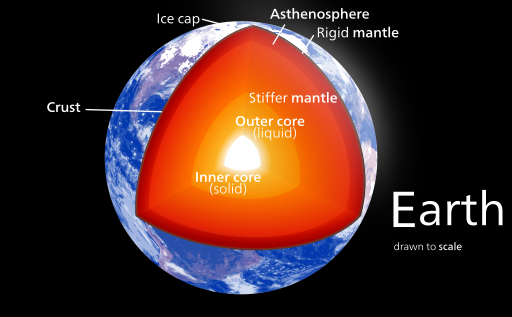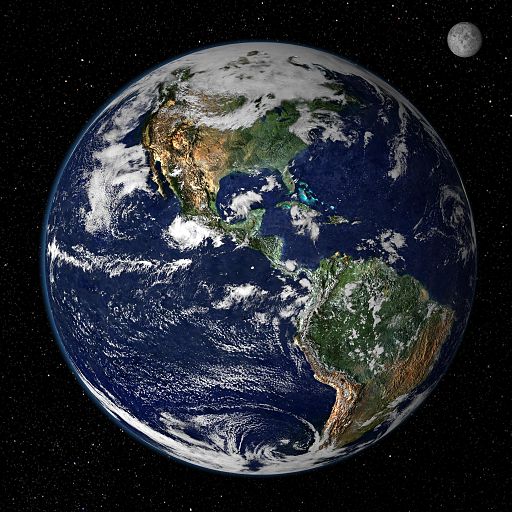Has Earth’s inner core stopped its strange spin?
Posted
Last Updated
By nature.com
Earthquake data hint that the inner core stopped rotating faster than the rest of the planet in 2009, but not all researchers agree.

Thousands of kilometers beneath your feet, Earth’s interior might be doing something very weird. Many scientists think that the inner core spins faster than the rest of the planet — but sometime in the past decade, according to a study, it apparently stopped doing so.
“We were quite surprised,” say Yi Yang and Xiaodong Song, seismologists at Peking University in Beijing who reported the findings today in Nature Geoscience1.
The results could help to shine light on the many mysteries of the deep Earth, including what part the inner core plays in maintaining the planet’s magnetic field and in affecting the speed of the whole planet’s rotation — and thus the length of a day. But they are just the latest instalment in a long-running effort to explain the inner core’s unusual rotation, and might not be the final word on the matter.
“I keep thinking we’re on the verge of figuring this out,” says John Vidale, a seismologist at the University of Southern California in Los Angeles. “But I’m not sure.”
Mysteries of the deep
Researchers discovered the inner core in 1936, after studying how seismic waves from earthquakes travel through the planet. Changes in the speed of the waves revealed that the planet’s core, which is about 7,000 kilometres wide, consists of a solid centre, made mostly of iron, inside a shell of liquid iron and other elements. As iron from the outer core crystallizes on the surface of the inner core, it changes the density of the outer liquid, driving churning motions that maintain Earth’s magnetic field.
Read more at nature.com

